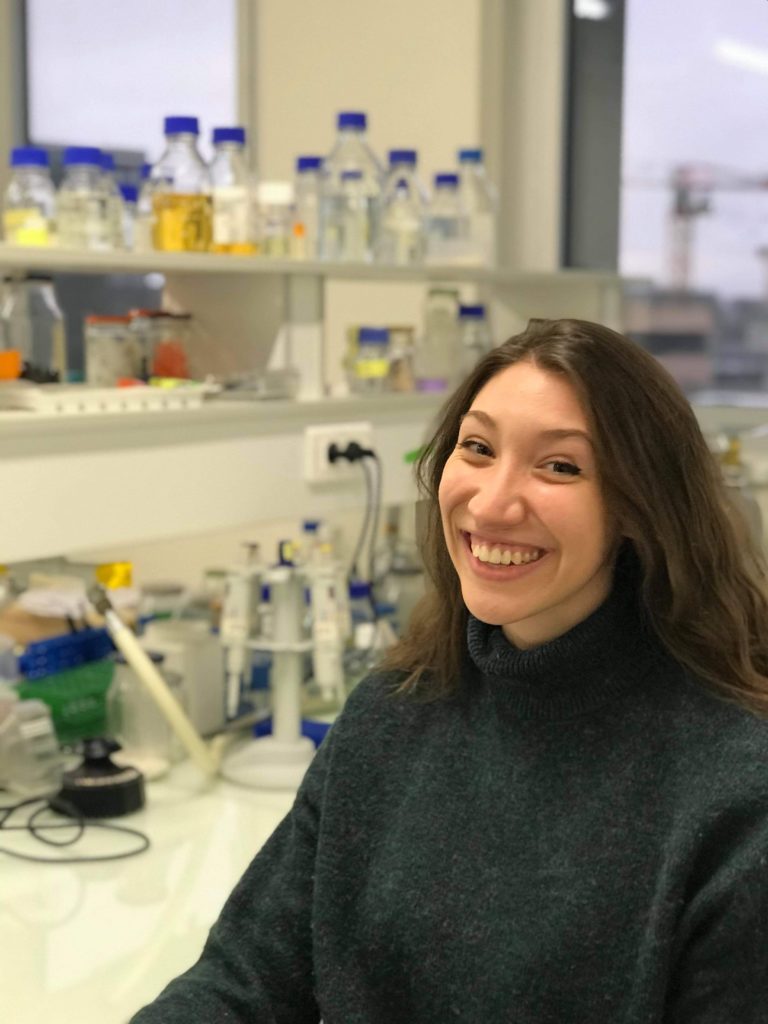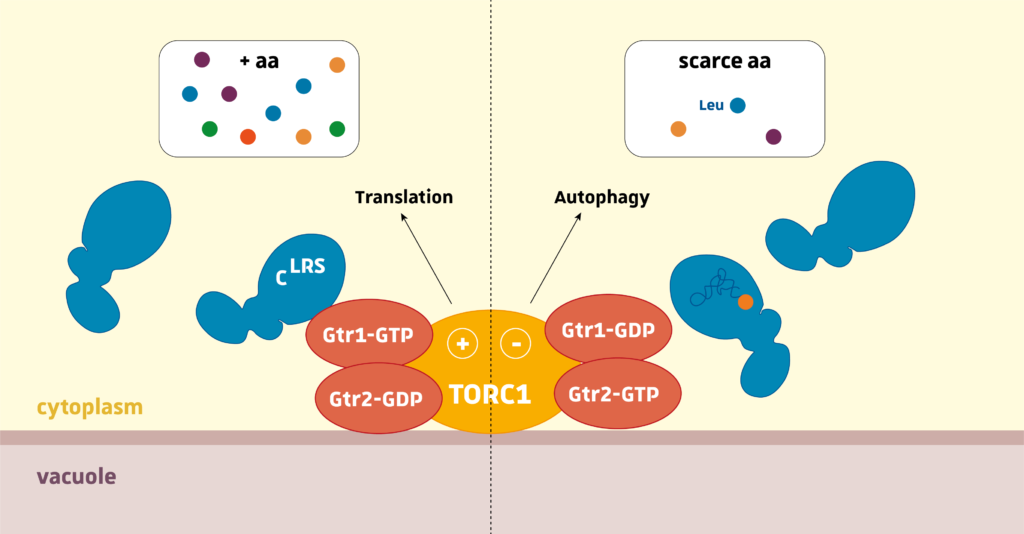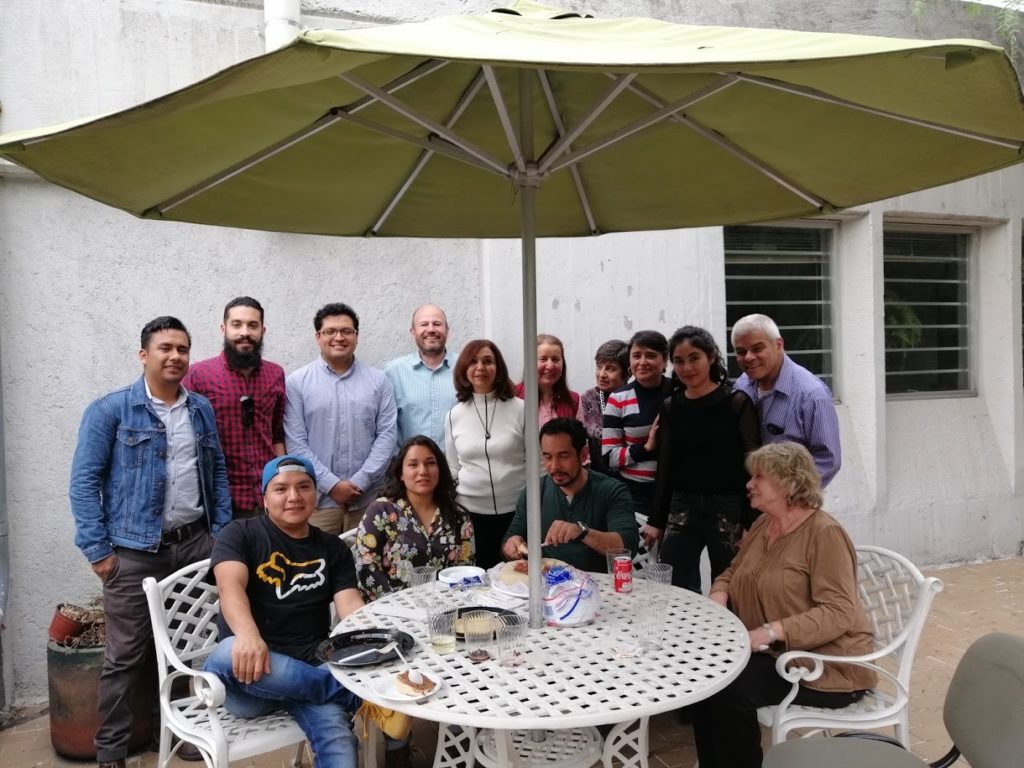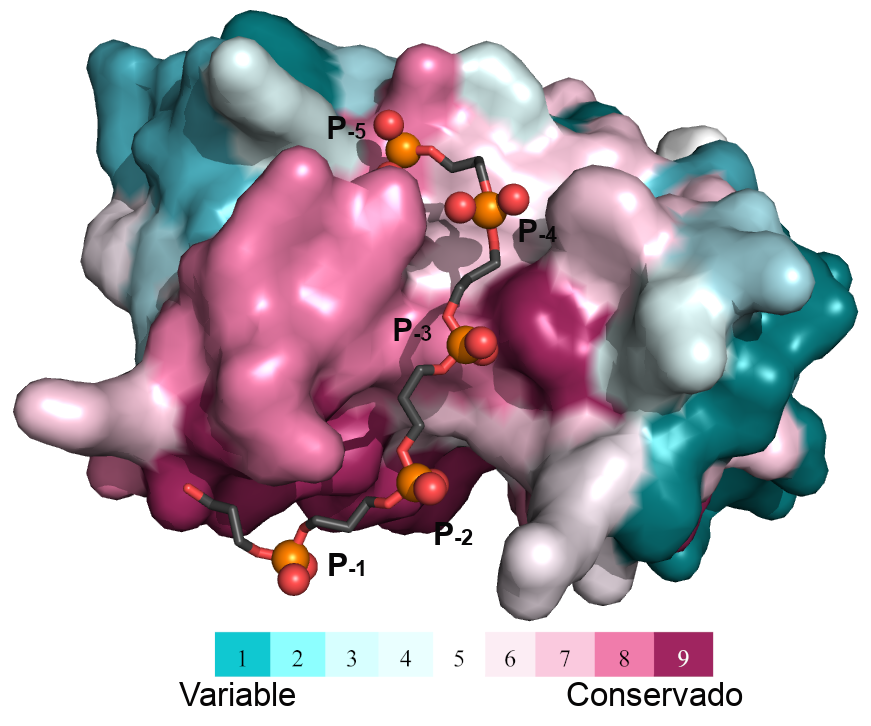This week we have the portraits of Solène, from France, and Brian from Mexico.
Research Cluster MitoCross at GMGM – Solène Zuttion
to biology and research, Solène Zuttion has just been recruited by the IMCBio Graduate School and enrolled in its PhD track with the support the Research Cluster MitoCross.
After a BSc in molecular and cellular biology, she completed a MSc degree in Molecular Biology and Genetics in Strasbourg with the dream of doing a PhD and becoming a research scientist. All along her university course, she did a lot of research internships. But it was during her first internship at the Institut de Physiologie et de Chimie Biologique (IPCB) that she became passionate about the intracellular trafficking of proteins (team of Dr. Sylvie Friant) and discovered the aminoacyl-tRNA synthetases world main subject of Prof. Hubert Becker’s research. She joyfully combines today the expertise of each team by working under their co-direction on the control of the Tor pathway by organellar echoforms of cytosolic aminoacyl-tRNA synthetases.
Aminoacyl-tRNA synthetases are enzymes that catalyze the synthesis of the aminoacyl-tRNA. Enabling the decoding of the messenger RNA codons in all living organisms, aminoacyl-tRNAs and aminoacyl-tRNA synthetases are cornerstone components of the protein synthesis machinery. However, aminoacyl-tRNA synthetases can also be post-translationally modified allowing them to relocate from the cytoplasm (location of protein synthesis) to a wide range of different cellular organelles to fulfil numerous uncanonical functions such as regulation of inflammatory response, autophagy, or regulation of the target of rapamycin complex 1 (TORC1) as it is the case for leucyl-tRNA synthetase (Figure 1). Pivotal regulator of cell growth and metabolism, TORC1 is mainly located at the vacuole as well as on the surface of late endosomes where it stimulates protein, lipid, and nucleotide synthesis by phosphorylating numerous protein targets. Dysregulated in cancers, the molecular mechanisms allowing its activation and inactivation are still poorly understood and Solène’s PhD research project aims to elucidate how organellar echoforms of cytosolic aminoacyl-tRNA synthetase can relay the nutritional sensing to the TOR kinase.


(Cartoon by Marine Hemmerlé)
Research Cluster INRT – Department of Integrative and Structural Biology, Brian Lopez
Brian Lopez Duran completed his studies in Biology at UNAM (Autonomous National University of Mexico). He followed his training with a master’s degree in biochemistry at Alfredo Torres Larios’ group, which he considers his most significant step. Throughout these two years, he discovered his passion for Structural Biology. It was common in his lab to be involved in different projects, but his efforts were focused on RNase P, a ribonucleoprotein complex that represents an attractive target for the development of antibiotics. In this challenging project, he explored different areas of the x-ray crystallography and bioinformatic analysis of biomolecules. After numerous attempts to obtain PhD financing, he got the opportunity to continue his training at IMCBio Graduate School under the supervision of Dr. Valerie Lamour.
On the reason for choosing IGBMC/IMCBio for his PhD, Brian says: “There are many reasons for me wanting to join the program. In general, I am deeply interested in the study of nuclei acid complexes from a structural approach. Secondly, I believe that IGBMC through the Structural and Integrative Biology Department has the potential and the resources to develop high-impact research and explore very interesting research questions. A common approach is to analyse the individual components of enormous macromolecular machines, but these elements are not isolated. Techniques like Cryo-EM open the possibility to ask more complex questions about biomolecules in the native cell environment. I would like to help in the search for answers to these questions”.


